
July 2019
Virtual reality & augmented reality has seeing a wide spectrum of industry applications from education and healthcare through to entertainment and marketing, and everything in between. Which of these industries and use cases will see a sustained uptake is still a bit of a guessing game as the technology and its adoption continue to move forward at varying speed. The tail end of 2017 and now 2018 has seen a rocky period for virtual reality with some major VR companies closing shop with a general sentiment that the market has simply not moved quick enough to sustain a viable business model.
However there is one application for VR & AR which is not getting the attention it deserves and shows strong promise as a long term contender for businesses across a wide spectrum of industries and sectors; VR & AR as a B2B sales solution.
To hep us understand how these technologies are revolutionising the B2B sales process we first need to understand the family name of the technology they fall under; immersive tech. By definition to be immersed means to be completed engaged, absorbed and involved in a given activity, giving it your full concentration and attention, and that is exactly what VR & AR manage to achieve with a user through four key stages;
- Experience; When you see an advert of a beautiful women driving a sports car or a handsome man wearing a luxury suit, your brain is telling you a story, someone else’s story. There is a gap between you & the content. VR & AR allows that gap to be bridged making the story your story and therefore your experience.
- Engagement; Once the user begins to experience the story as their own, a higher level of engagement between user & content is achieved. Humans love to explore, interact and experience, just like a child is obsessed with putting everything in its mouth, and VR & AR allows that playful experimentation and exploration reinforcing the engagement process.
- Investment; Through defining the story as your own experience and achieving a high level of engagement through interaction, exploration and even “play”, the user will begin to personally invest in the experience, investing both emotionally and psychologically, the gap between the user and the content that I mentioned above is finally closed.
- Memory: And finally a memory is formed. And this is where the magic really happens, unlike reading or watching something where you are likely to retain a small percentage of what you are being exposed to, in an experience owned by the user, one they are truly engaged in and are invested in, a long lasting, meaningful experiential memory is formed.
“All very well, but how does this translate to a sales solution?” I hear you all say. To help us answer that lets define what an effective sales solution is, and this can only be derived from understanding the buying process;
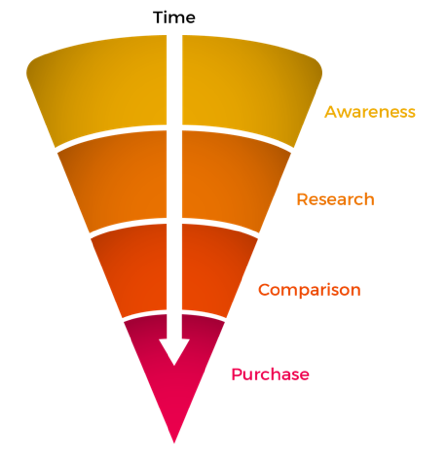
A prospective buyer will go through several stages before making a purchase decision;
- Awareness; Understanding that you have a problem or need is critical. If there is no awareness of a need there wont be a purchase, it’s as simple as that. However a need can be achieved both internally “I need to buy toothpaste” and externally “ I wish I had white teeth like the guy in that advert”. How engaged in understanding their problem is critical in propelling the buyer towards a purchase.
- Research; After a problem is identified the buyer begins to search for a solution through various channels; word of mouth, print, websites, etc. Interestingly 60% of the buying process happens in this stage. How fast a buyer can identify how a given solution will solve their problem is critical.
- Comparison; After enough research is conducted the buyer will weigh up his or her alternative solutions. The level of personal investment & engagement in any given solution is critical for it to come out on top.
- Purchase; Finally the buyer will make a purchase decision.
If we now apply the outlined four stages of what makes VR & AR an effective immersive technology to the buying process we reveal how VR & AR emerges as an effective sales solution;
- The sales representative needs to be able to walk into a sales meeting and tell a story that is personal to the buyer, a story that engages with the buyer and ultimately one they can own. VR & AR does this effortlessly with its ability to translate that story into a personal experience for the buyer.
- Communicating complex ideas & problems runs the risk of losing a sales opportunity, however with VR & AR complex ideas are quickly broken down and allow for a much faster “now I get it!” eureka moment for prospective buyers.
- This allows the sales representative to move quickly on to identifying how their solution solves the problem and how it’s the best choice for the buyer, achieving this by either taking the user to the solution (in virtual reality) or bringing the solution to the buyer (in augmented reality), regardless of its size, complexity or geographic location.
- During the comparison phase, which is expected in any buying contex, the engagement, personally investment and ownership experienced by the prospective buyer will increase the chances your solution be recalled at the top of the pile.
- And finally regardless of your sales solution, it needs to allow for scalability and cost efficiency. With VR & AR a one time low cost investment can be scaled globally to all your sales representatives.
In summary, immersive technology such as virtual reality & augmented reality show strong promise to not only be effectively sales solutions, but more importantly cost effective, able to increase your bottom line sales, speed up the sales process while reducing your costs.

 Cultivating Minds: How Havrå Farm Game will Grow Sustainable Leaders
Cultivating Minds: How Havrå Farm Game will Grow Sustainable Leaders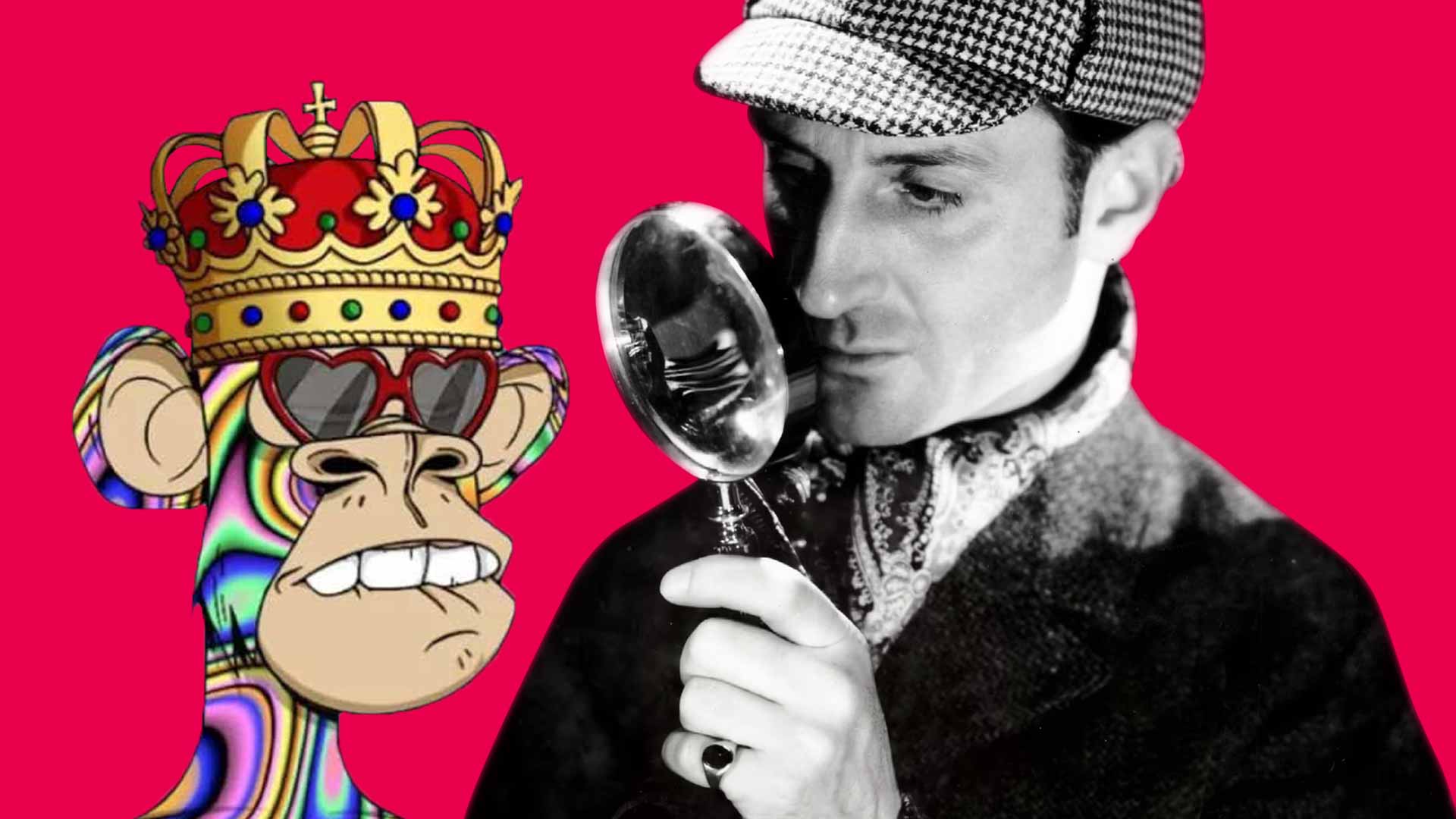 How cultural heritage is leveraging blockchain and NFTs to reconnect to their audience
How cultural heritage is leveraging blockchain and NFTs to reconnect to their audience It’s hot tub time
It’s hot tub time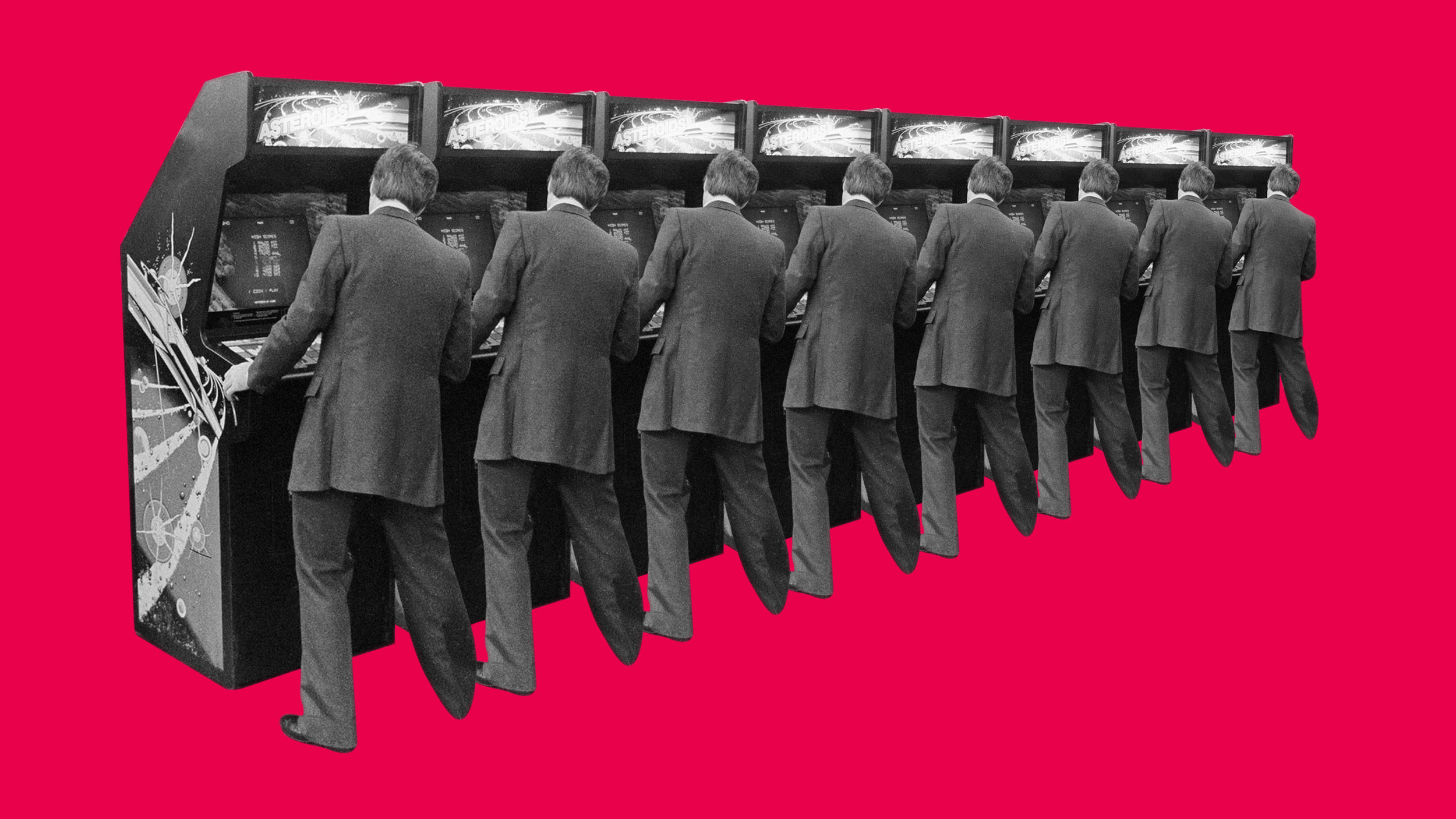 The renaissance of the classic arcade
The renaissance of the classic arcade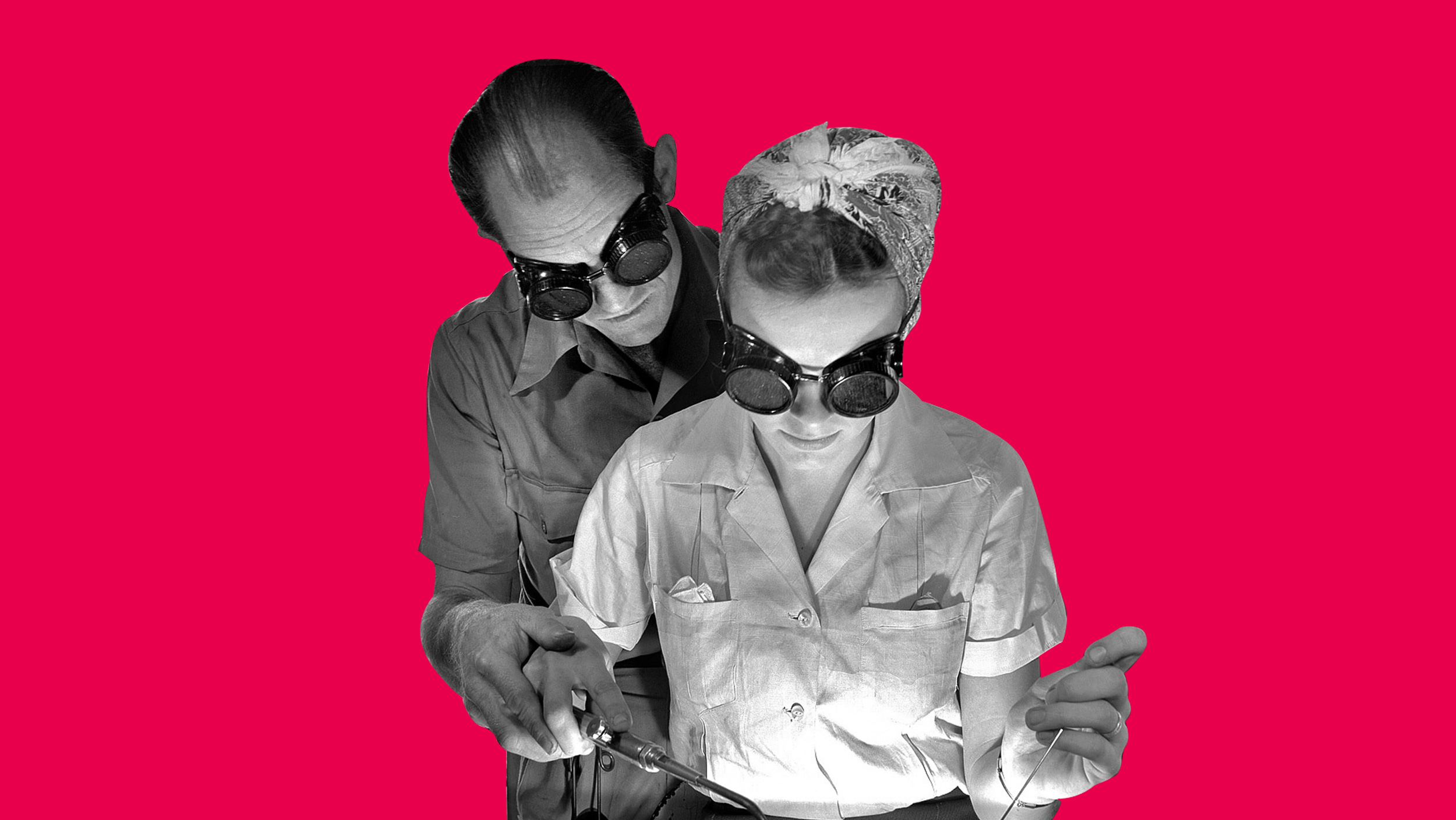 A model for understanding the virtual reality experience
A model for understanding the virtual reality experience VR – Machine driven human to human interaction
VR – Machine driven human to human interaction Untangling the wires – how 2019 will see virtual reality cut the umbilical-cord
Untangling the wires – how 2019 will see virtual reality cut the umbilical-cord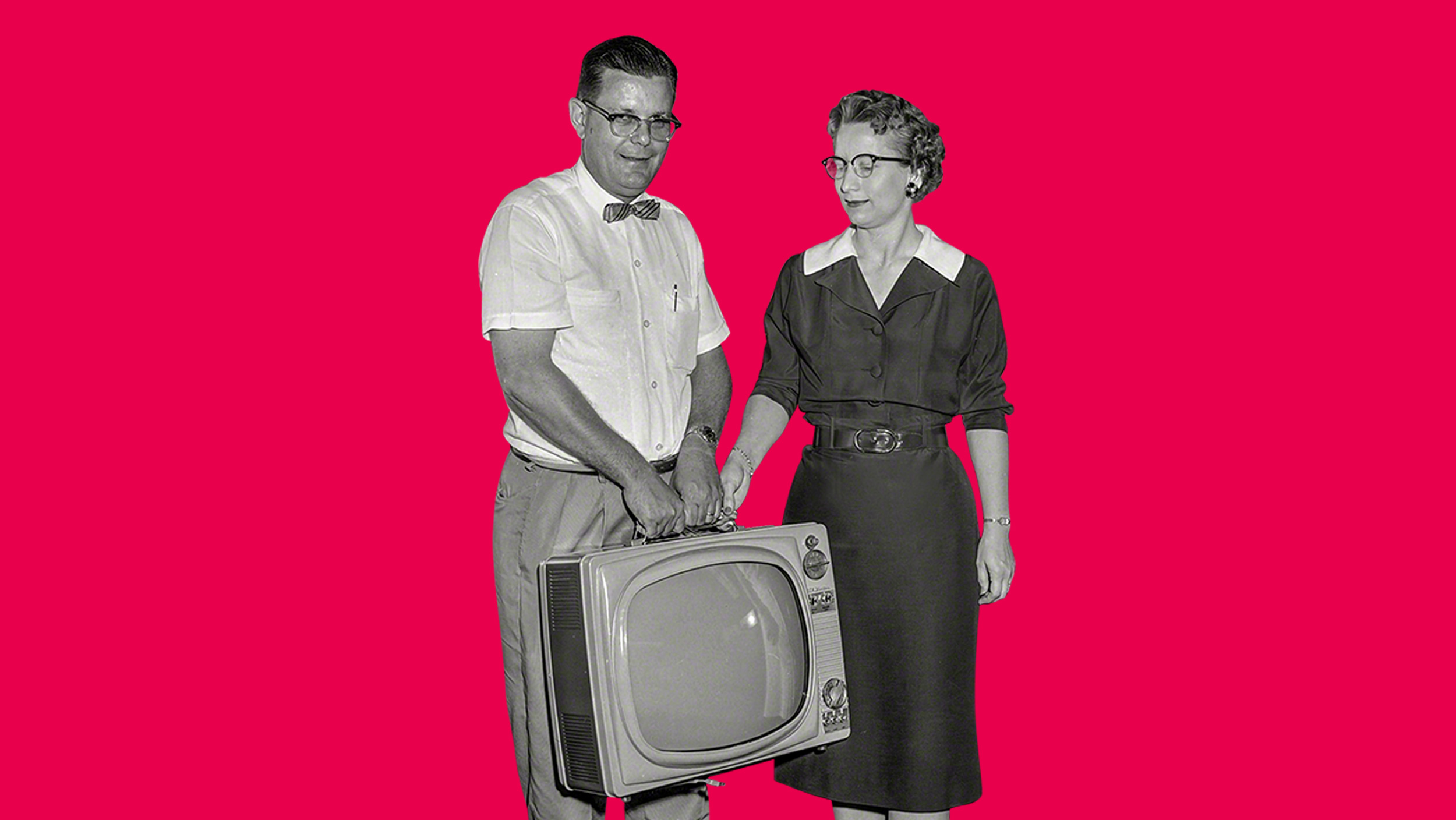 Our long road to getting virtual reality on the road
Our long road to getting virtual reality on the road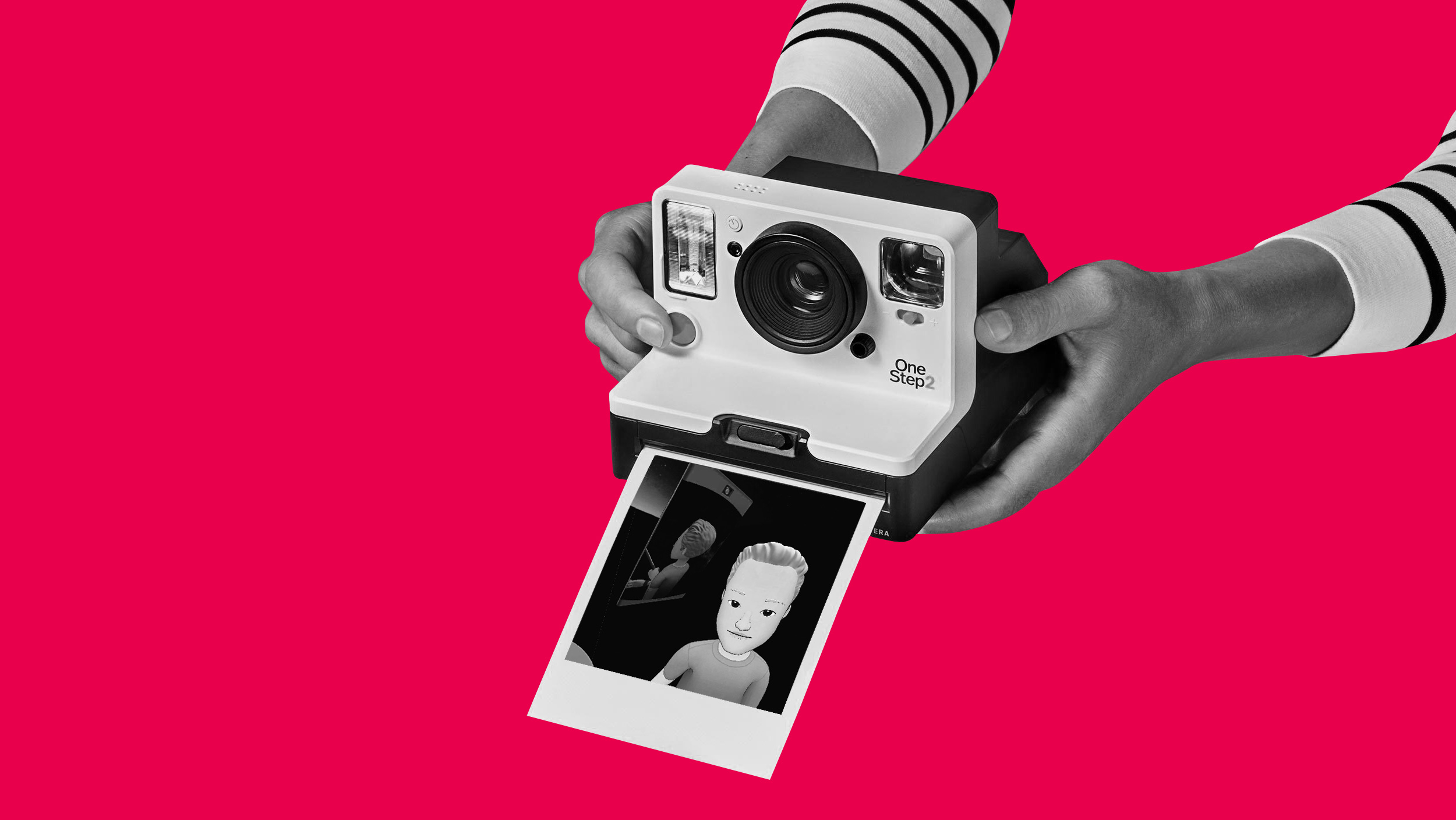 The information age is dead welcome to the experimental age
The information age is dead welcome to the experimental age Anatomy of VR
Anatomy of VR Deciphering the hololens
Deciphering the hololens Make it sound right or break immersion
Make it sound right or break immersion Branding your reality
Branding your reality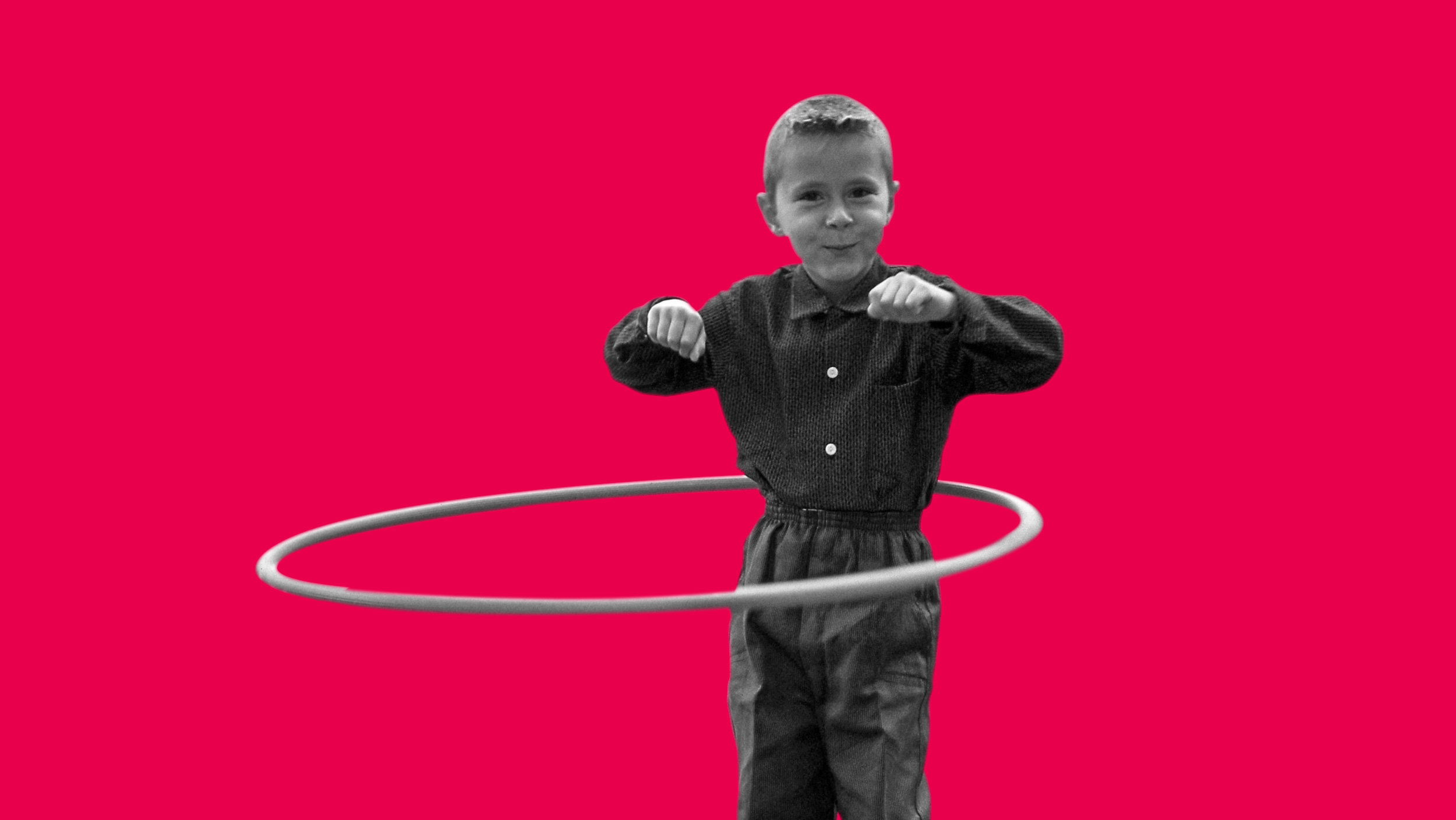 A deep dive into immersion
A deep dive into immersion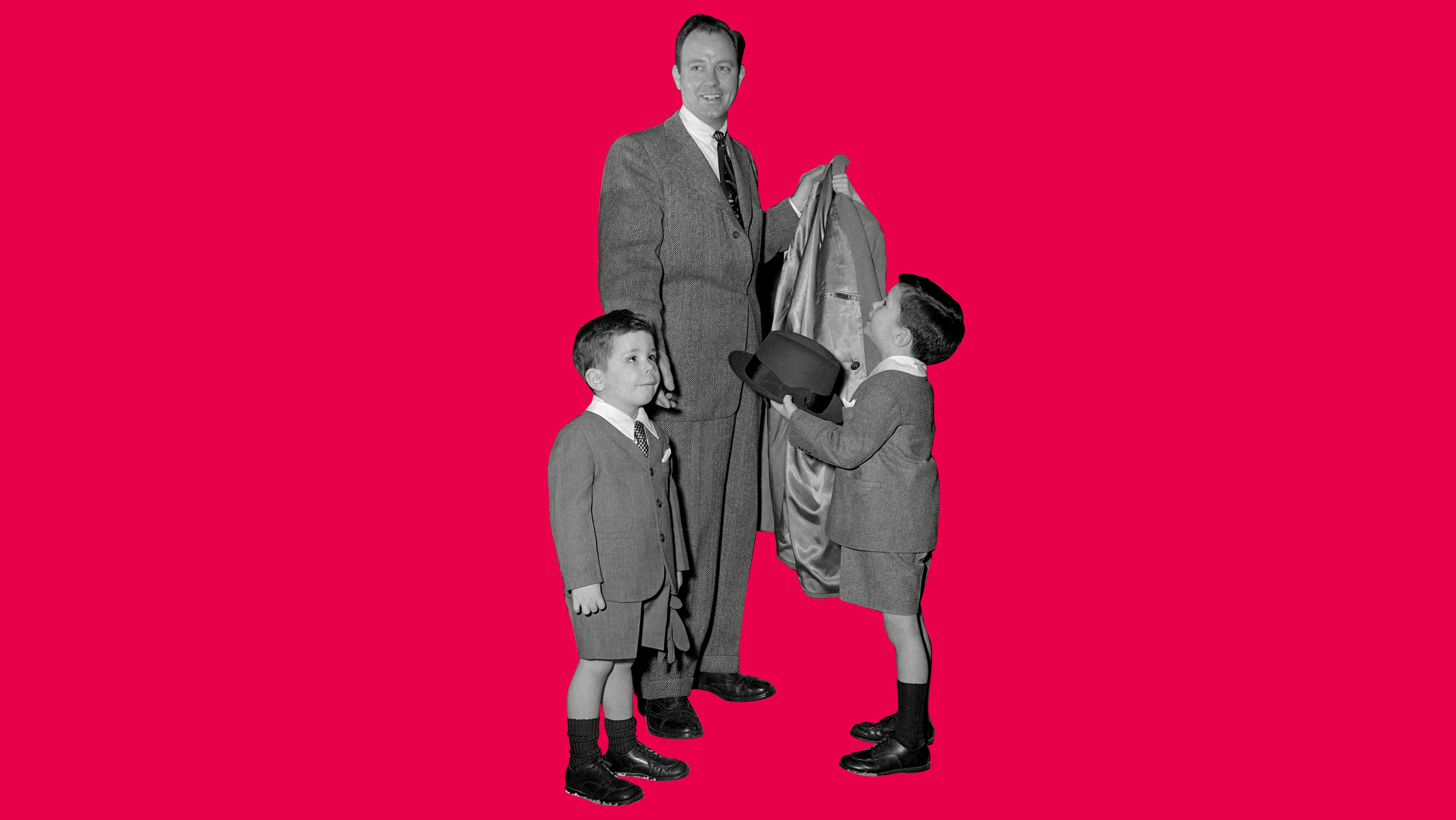 Why the suit & ties don’t get VR
Why the suit & ties don’t get VR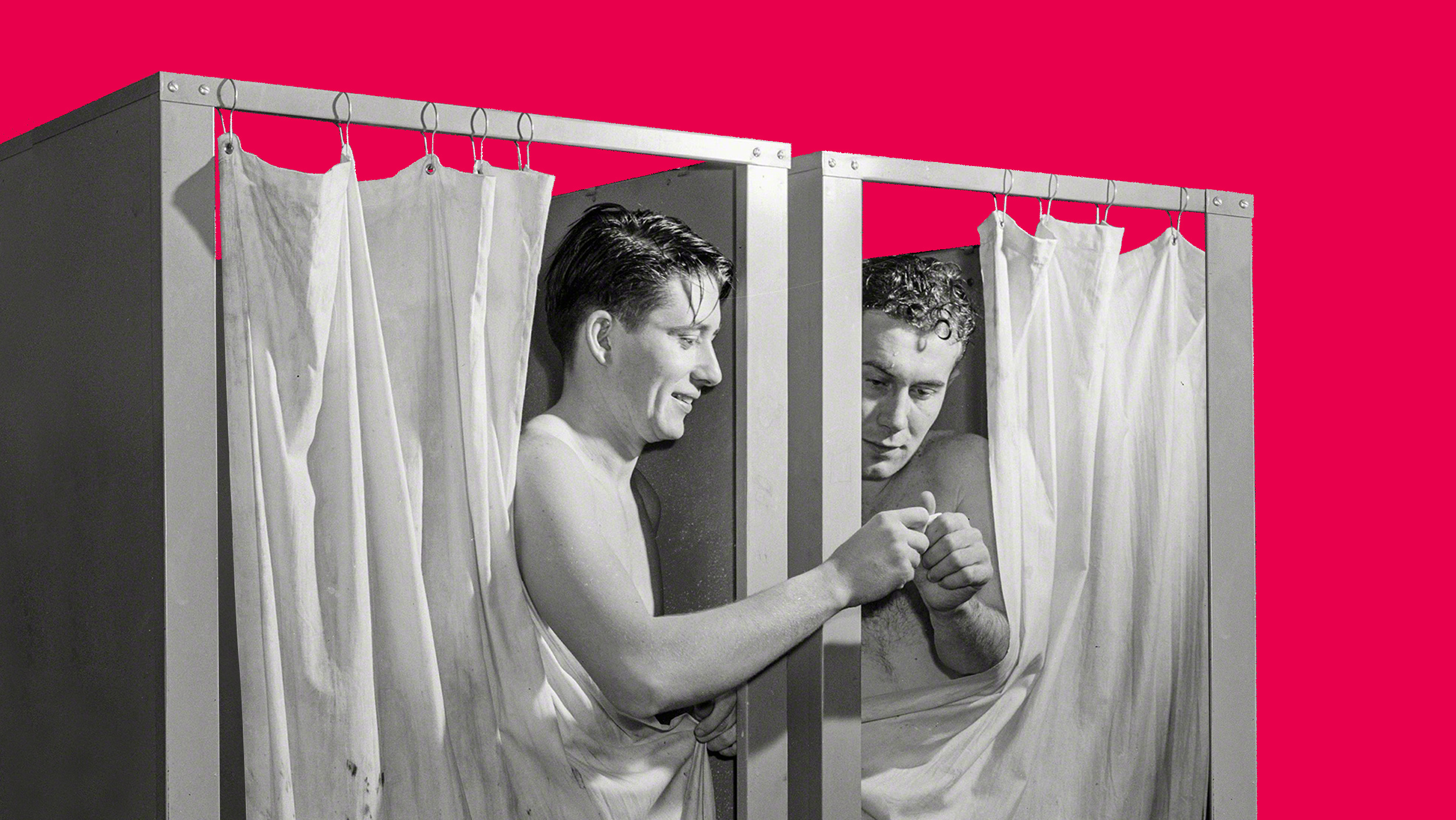 The hidden marketing value of virtual reality
The hidden marketing value of virtual reality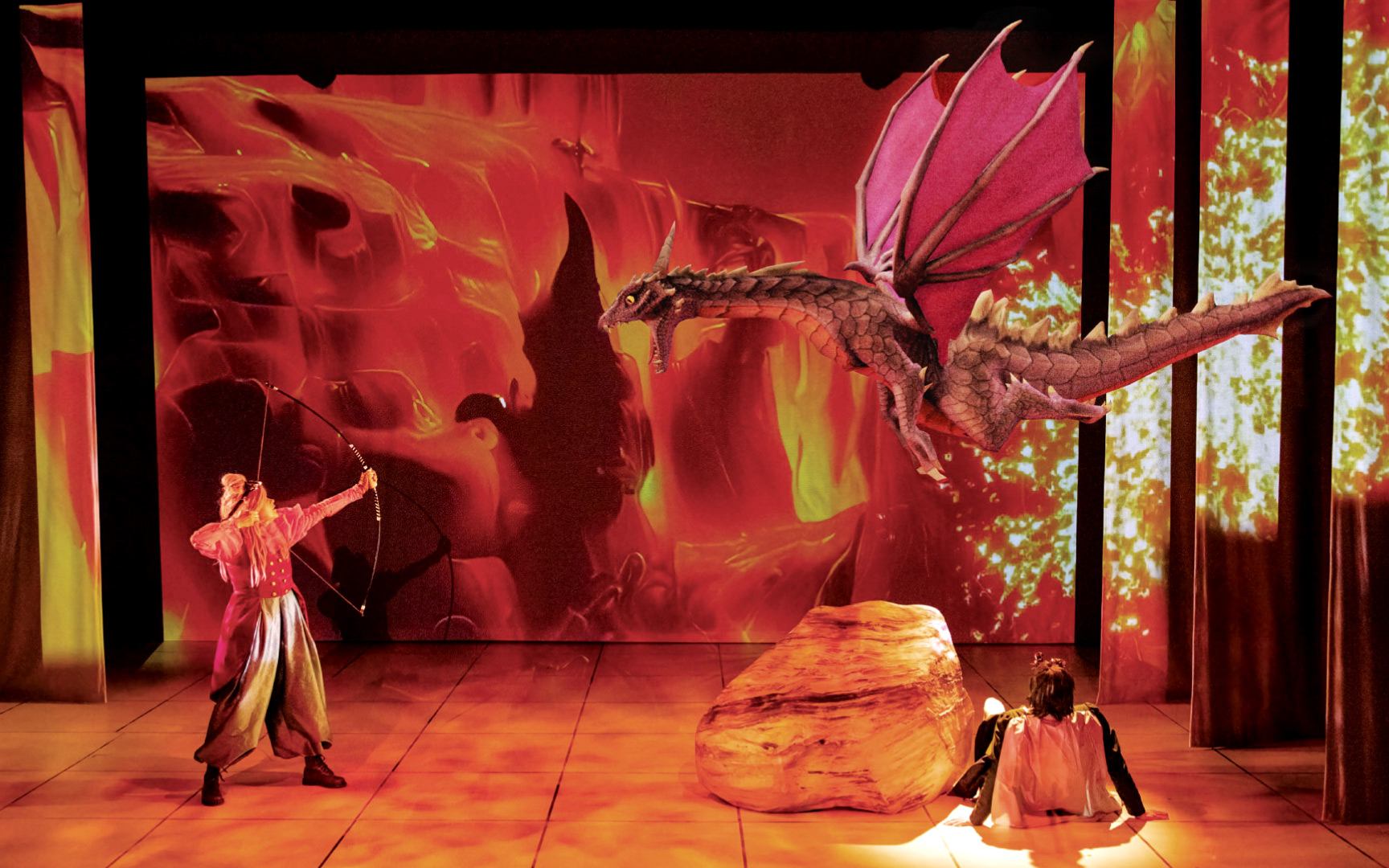 Theatre reimagined with AR
Theatre reimagined with AR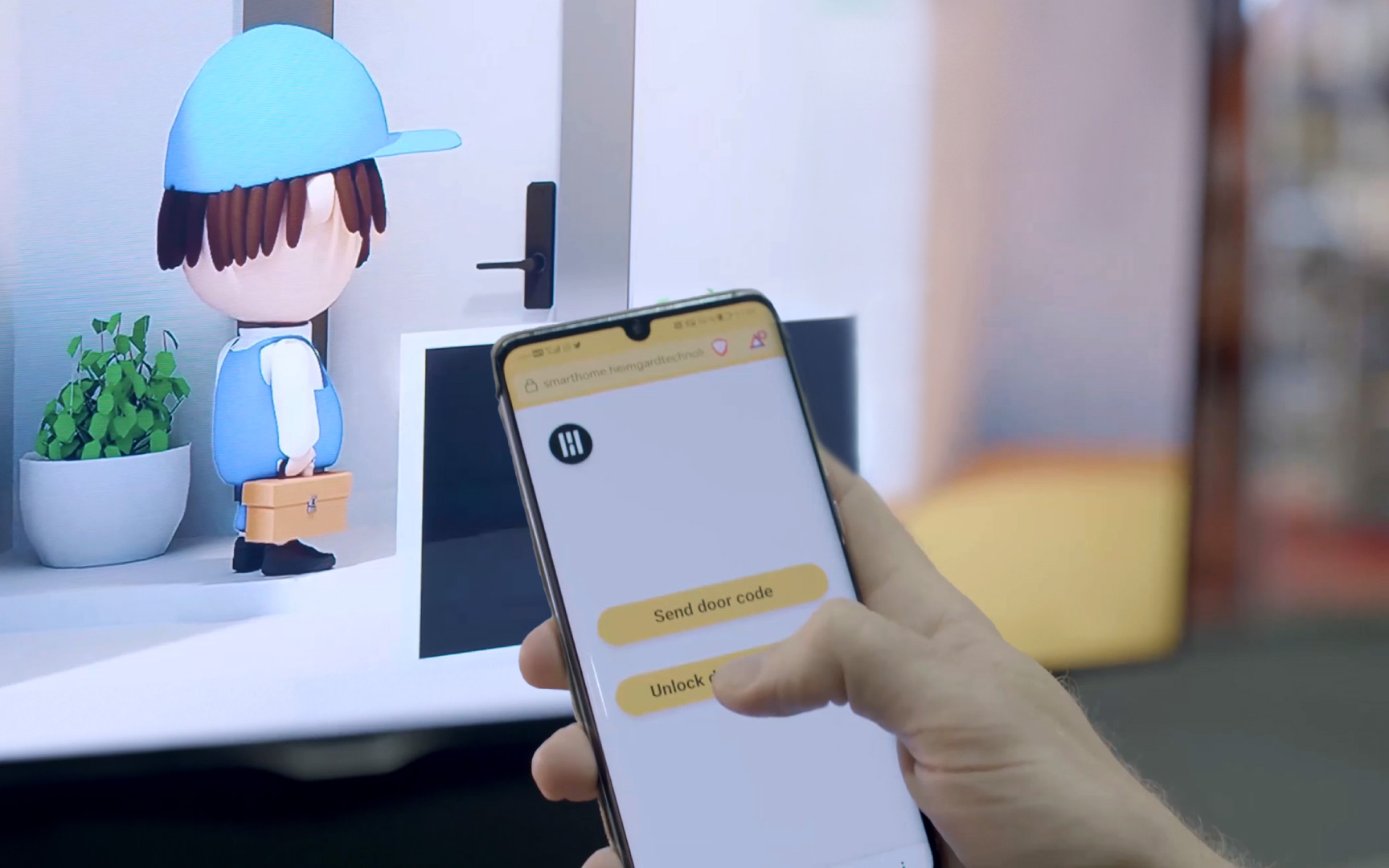 Let your audience control their experience
Let your audience control their experience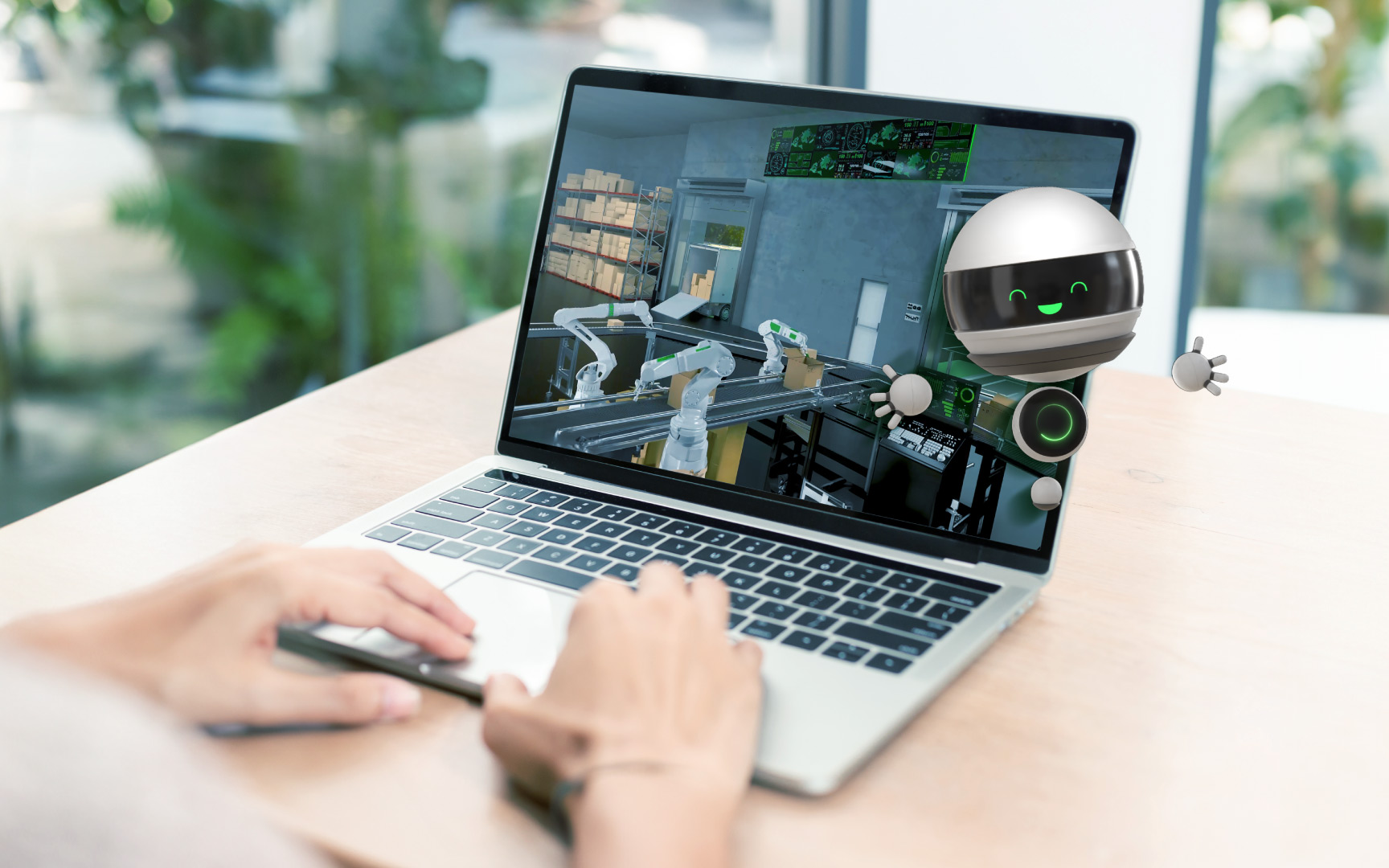 Immersive web to CRM integration for lead gen
Immersive web to CRM integration for lead gen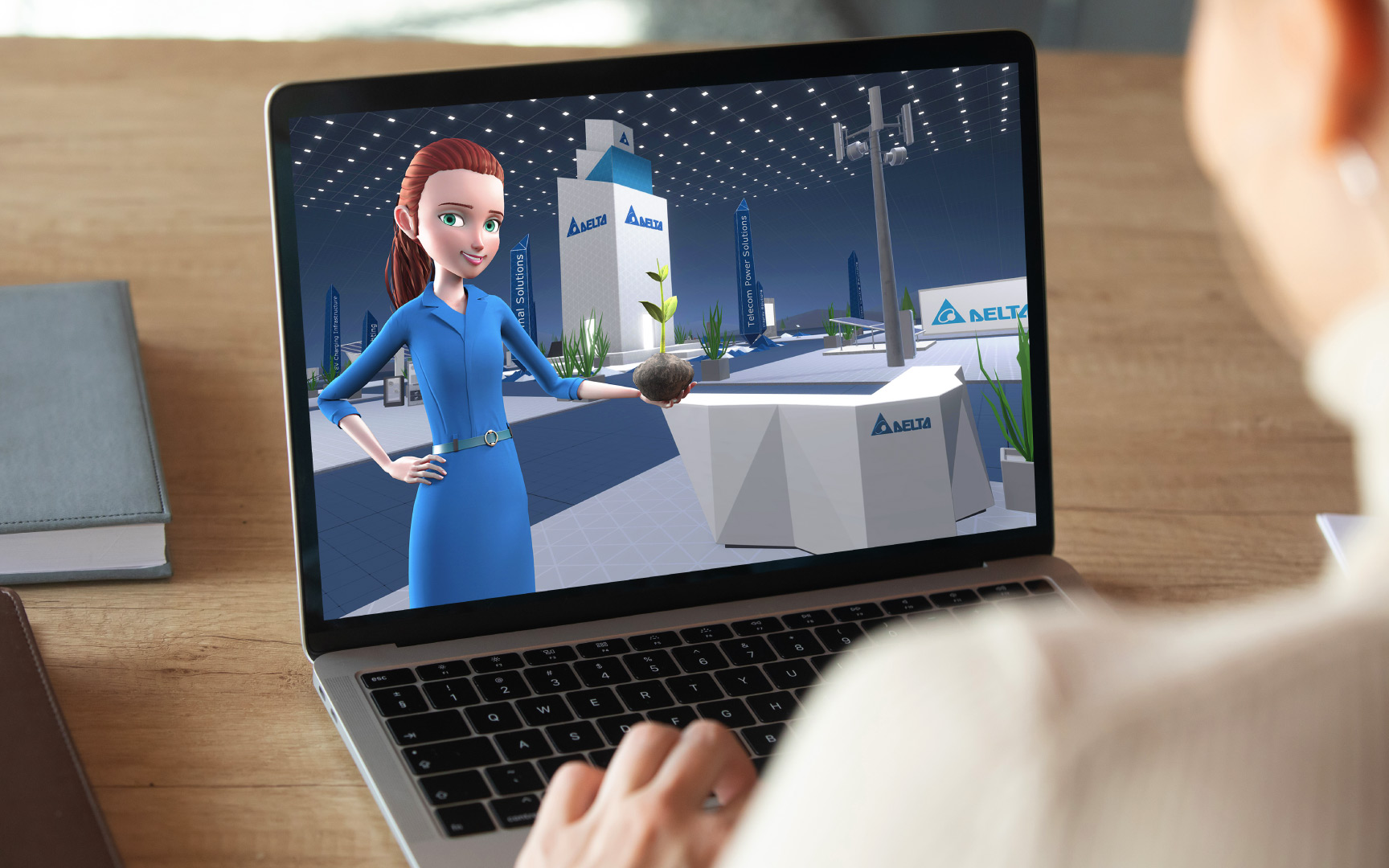 Digital interactive exhibitions during the pandemic
Digital interactive exhibitions during the pandemic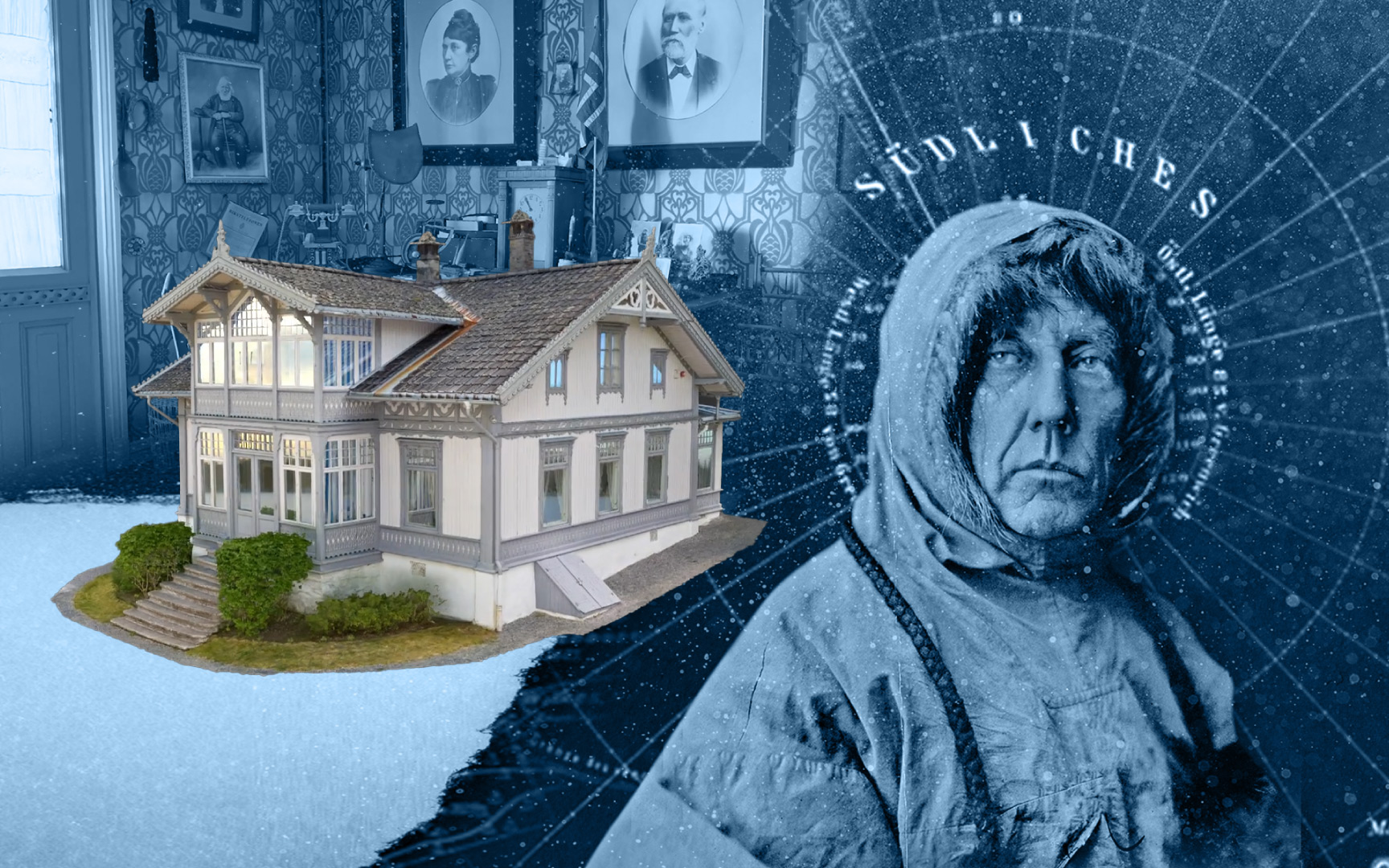 Creating a virtual museum with photogrammetry
Creating a virtual museum with photogrammetry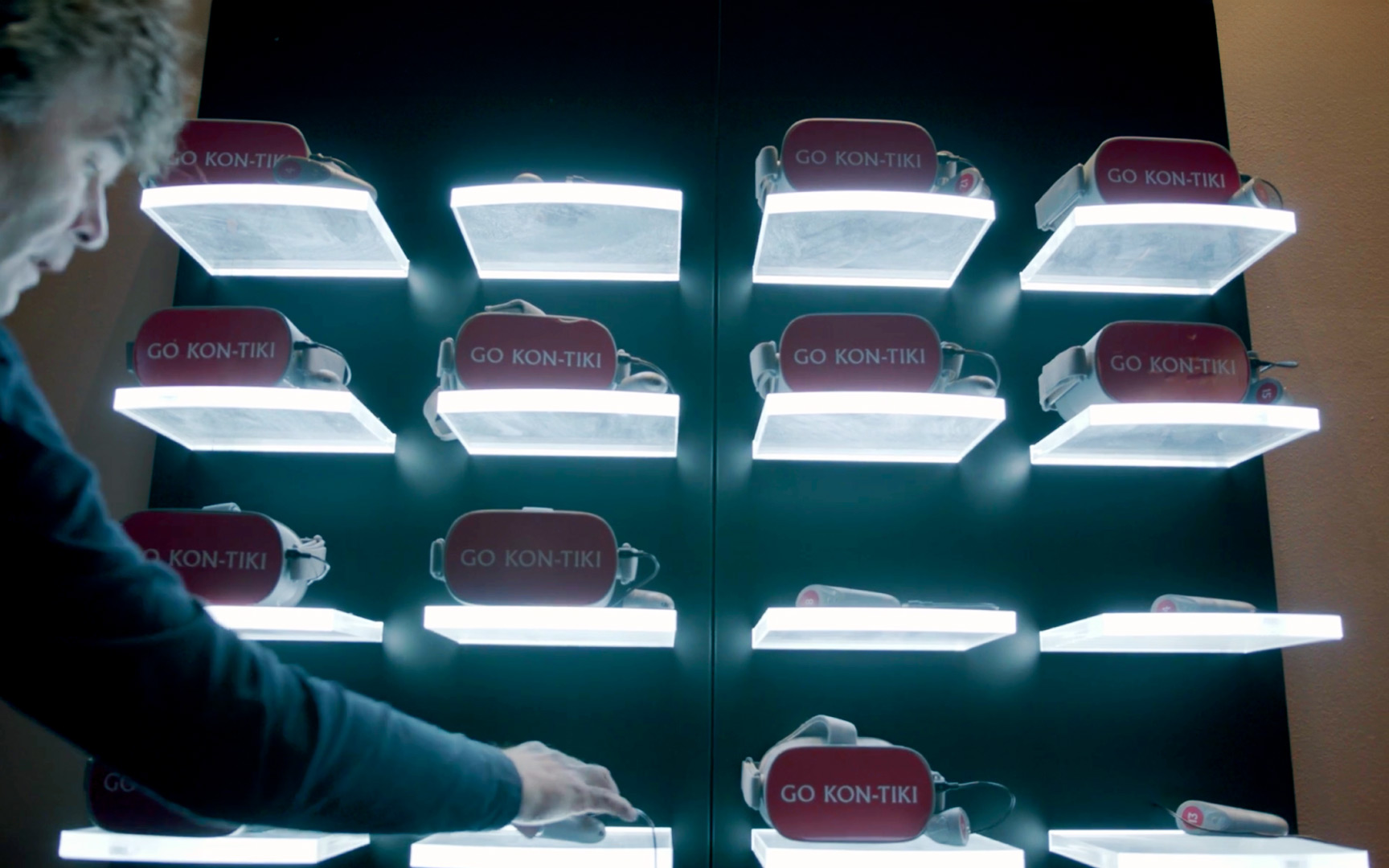 Sailing across the pacific in VR
Sailing across the pacific in VR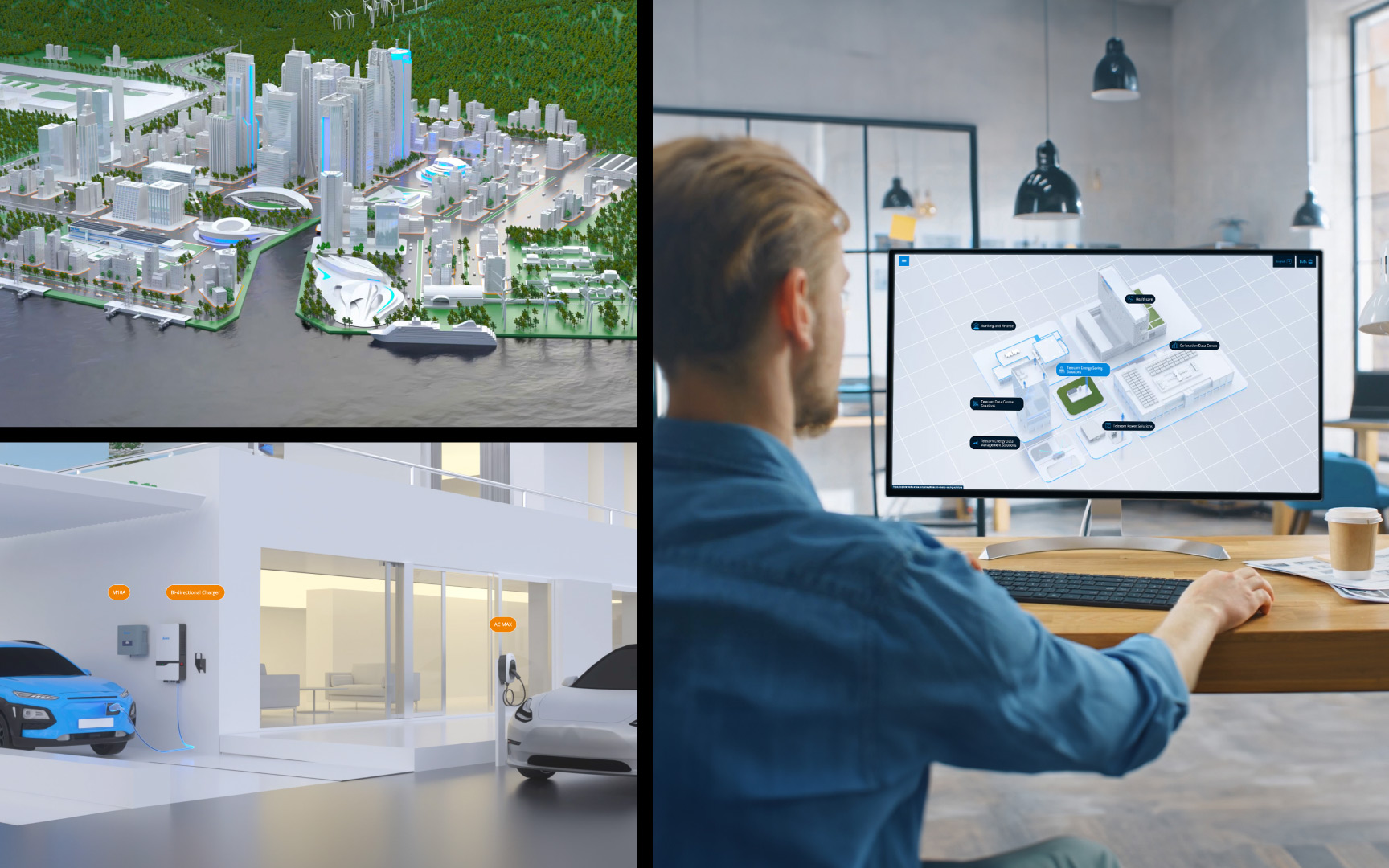 Audience engagement through immersive web
Audience engagement through immersive web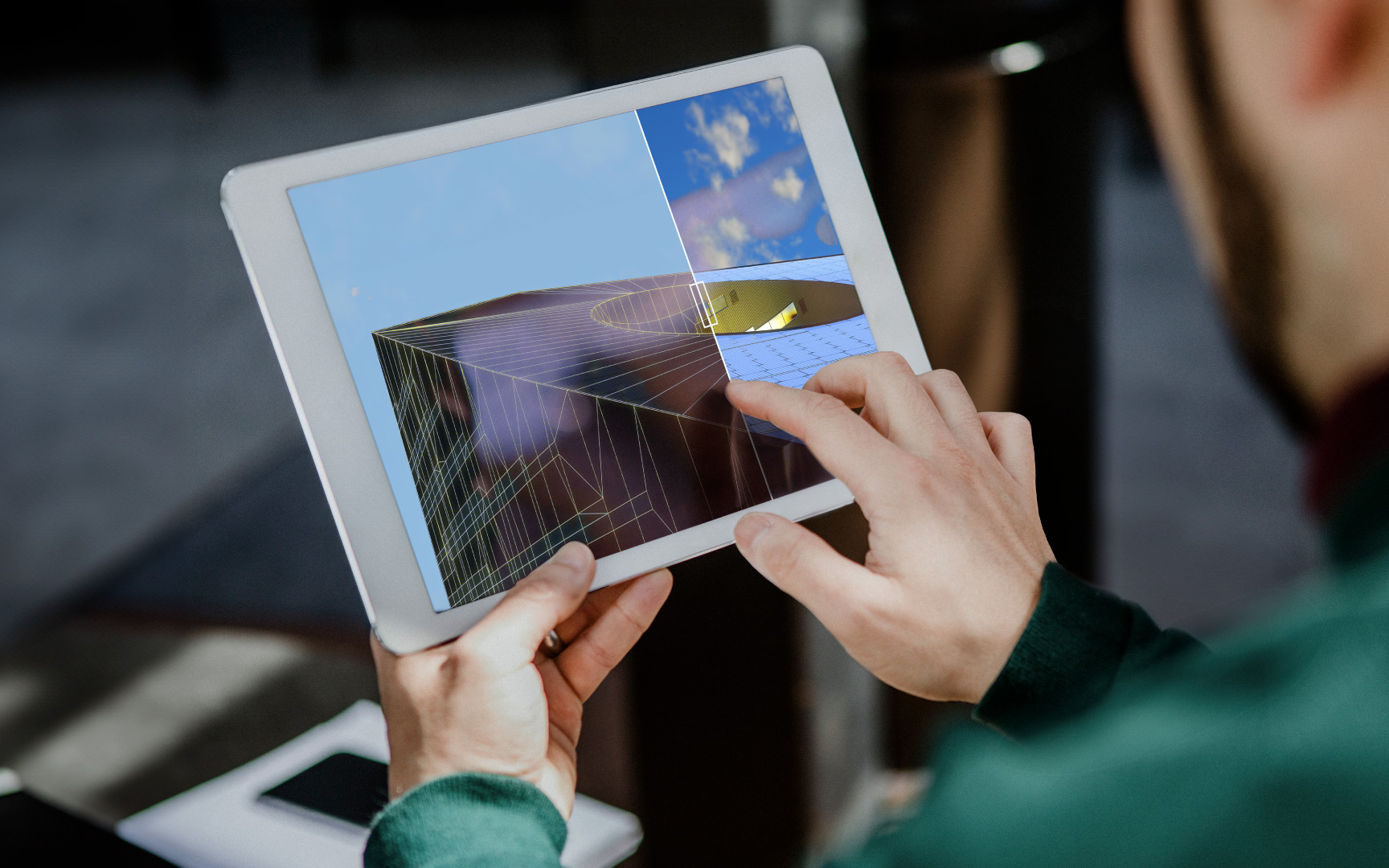 Share your architectural vision in AR
Share your architectural vision in AR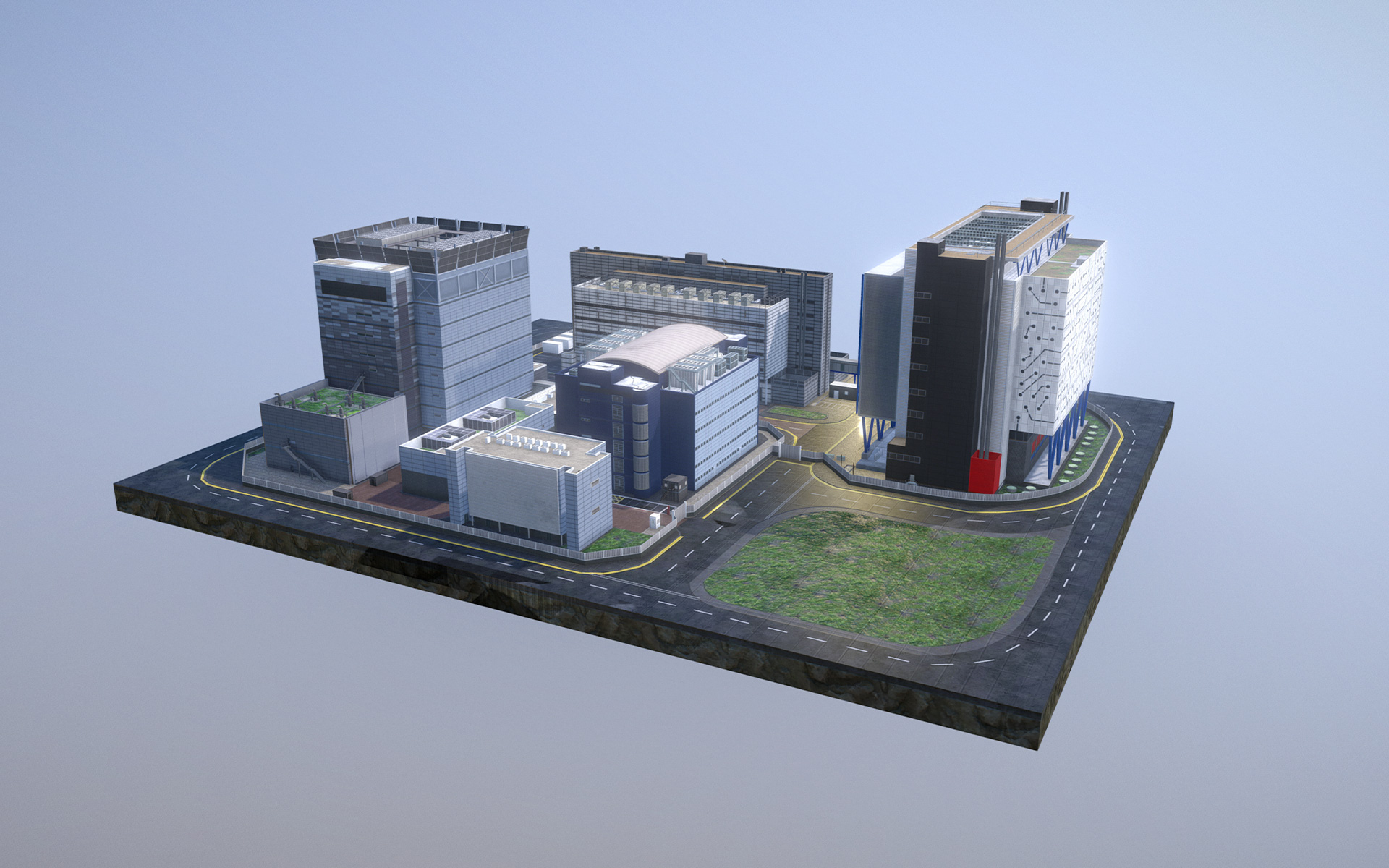 Selling complex installations across WebGL and VR
Selling complex installations across WebGL and VR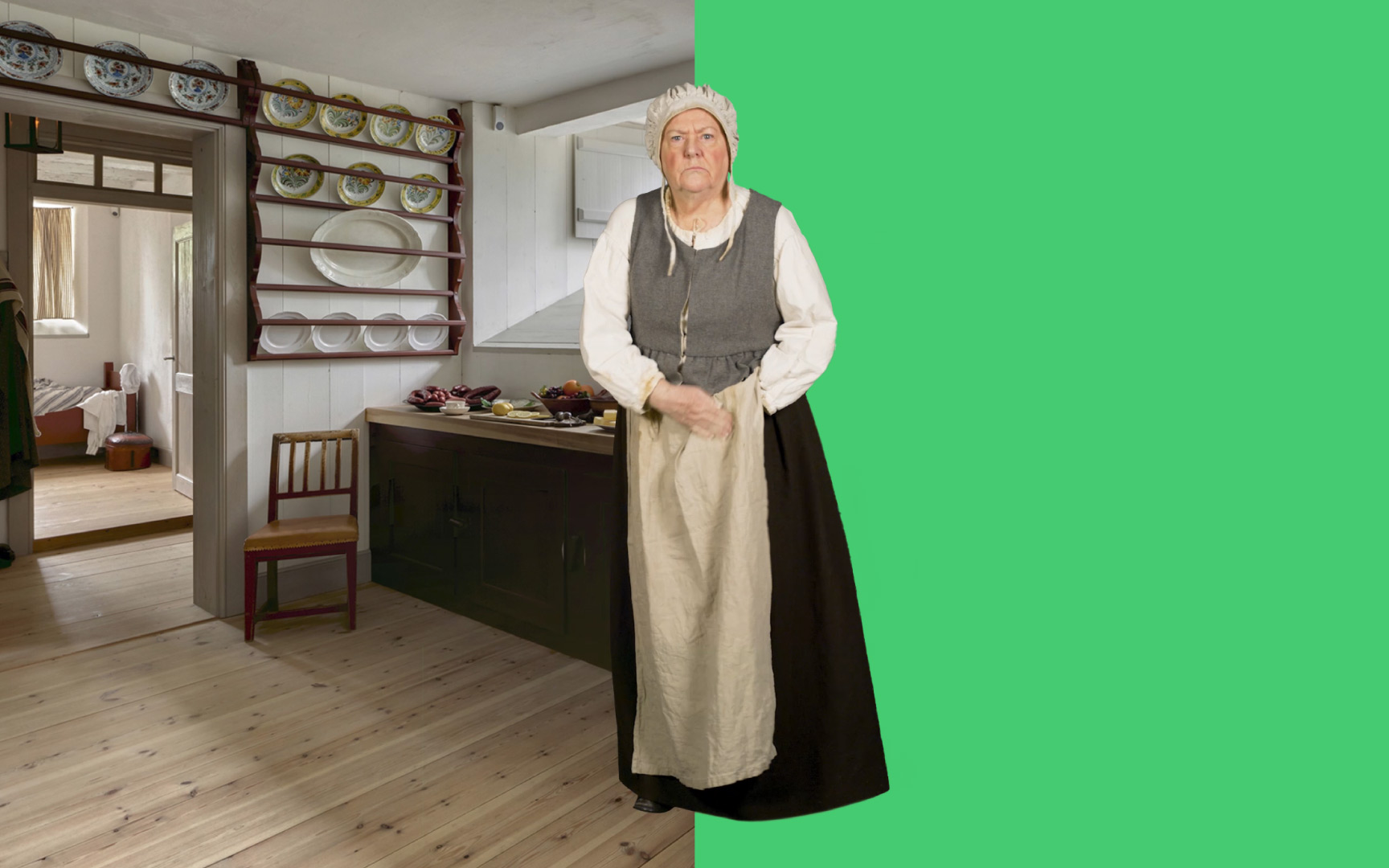 Bringing history to life with 360 photospheres
Bringing history to life with 360 photospheres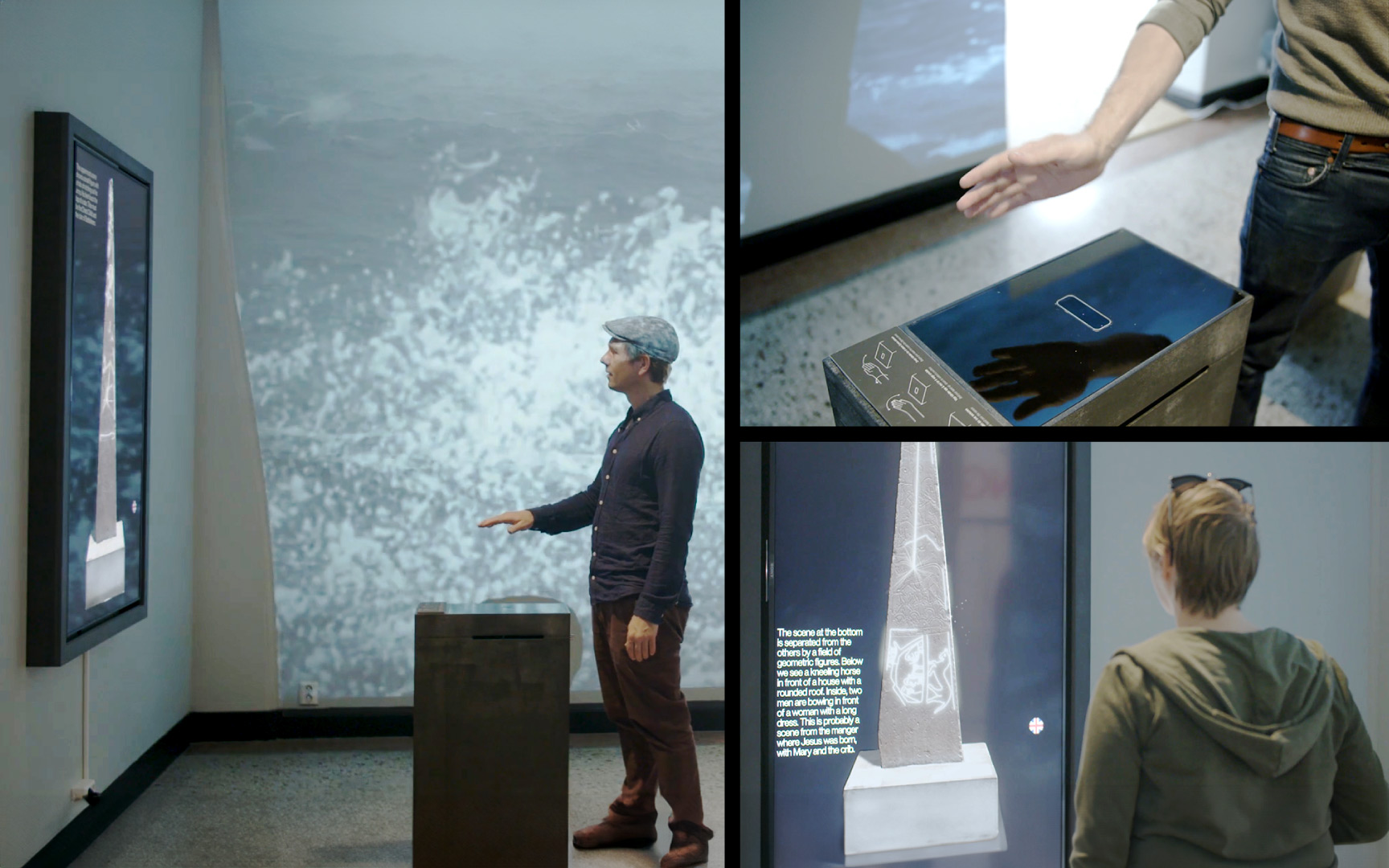 Digitizing hard to exhibit historical artifacts
Digitizing hard to exhibit historical artifacts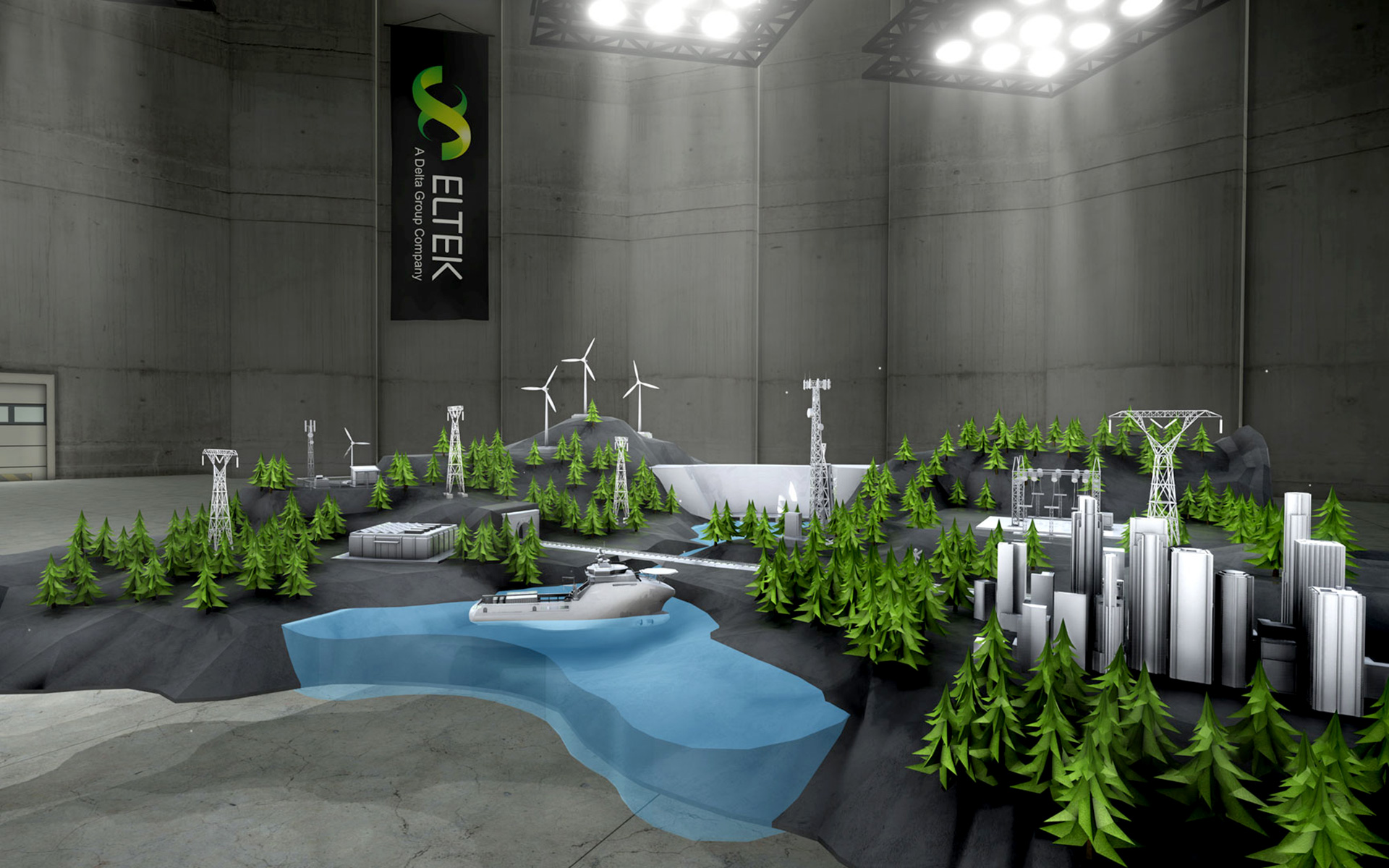 Creating an immersive product showroom
Creating an immersive product showroom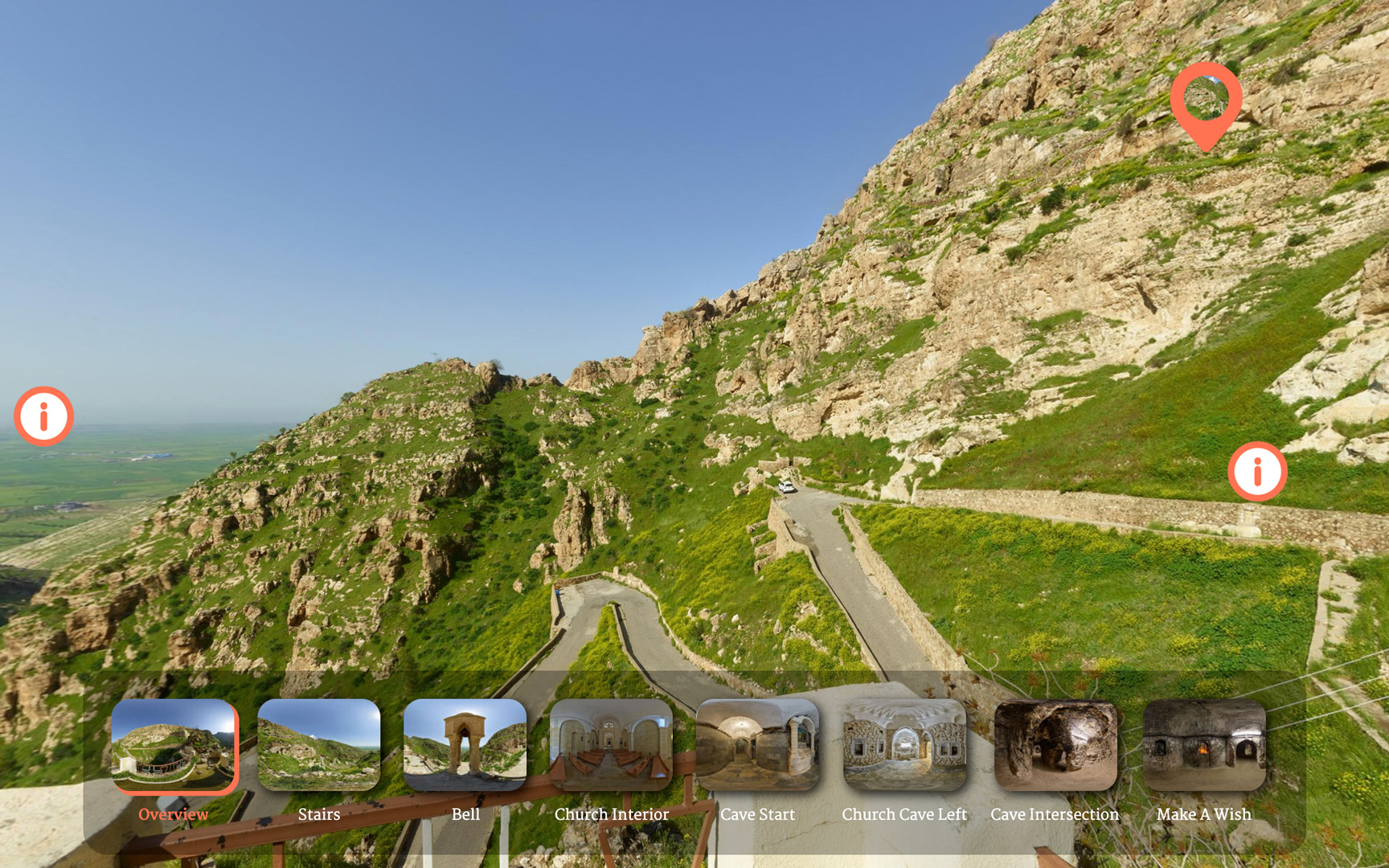 Creating interactive 360 heritage site tours for web
Creating interactive 360 heritage site tours for web